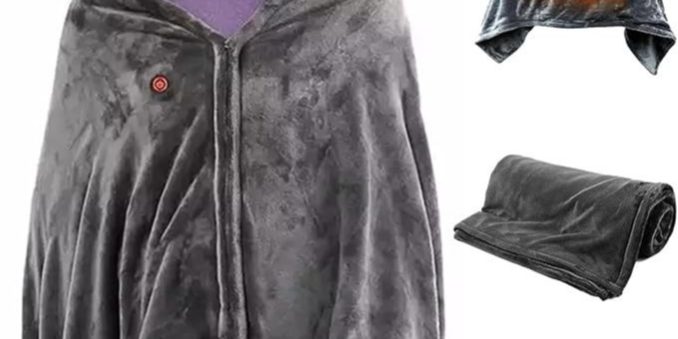Mink blankets are known for their warmth and softness, but the science behind their effectiveness lies primarily in the materials and construction used:
1. **Material**: Mink blankets are typically made from synthetic materials such as polyester or acrylic. These materials are chosen for their ability to trap heat effectively while remaining lightweight. Polyester, in particular, is known for its insulative properties, which help retain body heat.
2. **Weave**: The weave of mink blankets contributes significantly to their warmth. Manufacturers often use a tight weave pattern that minimizes airflow through the fabric. This reduces heat loss and enhances the blanket’s ability to keep you warm.
3. **Thickness**: Mink blankets are usually thicker compared to other types of blankets. The thickness provides an additional layer of insulation, trapping more air between the layers of fabric. This trapped air acts as a barrier against the cold, helping to maintain warmth.
4. **Softness**: The soft texture of mink blankets is not just for comfort but also contributes to their warmth. A plush surface can help to create a microclimate around your body, trapping warmth and providing a cozy feeling.
5. **Heat Retention**: Synthetic materials like polyester are known for their ability to retain heat. They do not conduct heat away from the body as quickly as natural fibers like cotton or wool, which contributes to their warmth.
6. **Durability**: Mink blankets are often durable, which means they can withstand repeated use without losing their insulative properties. This durability is due to the resilience of synthetic fibers and the quality of construction.
In summary, the warmth of mink blankets is primarily due to their use of synthetic materials with good insulative properties, a tight weave that minimizes heat loss, their thickness providing additional insulation, and their soft texture enhancing comfort and heat retention. These factors combined make mink blankets a popular choice for those seeking warmth and comfort during colder months.


















